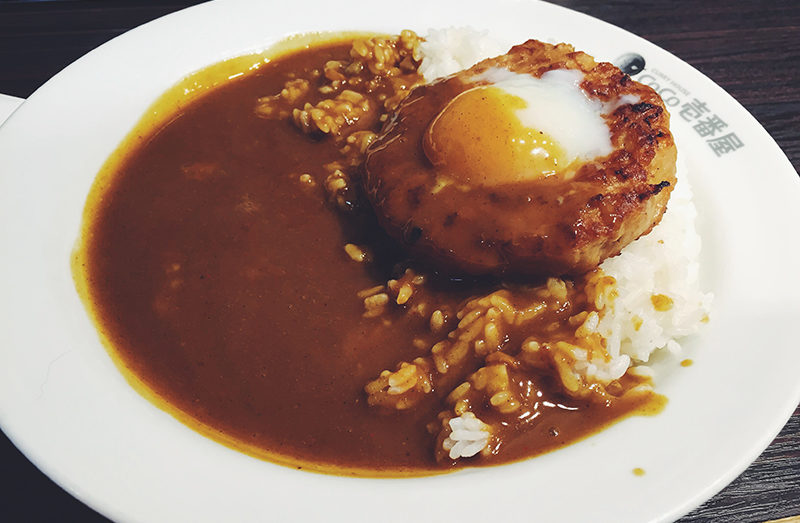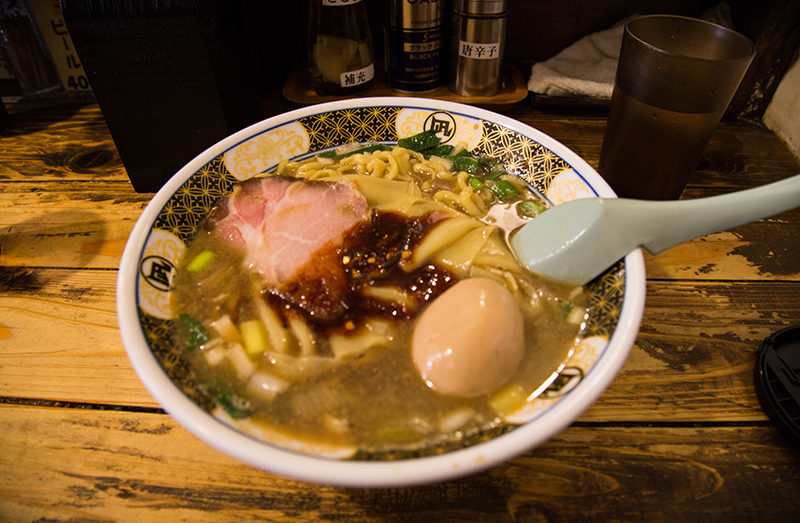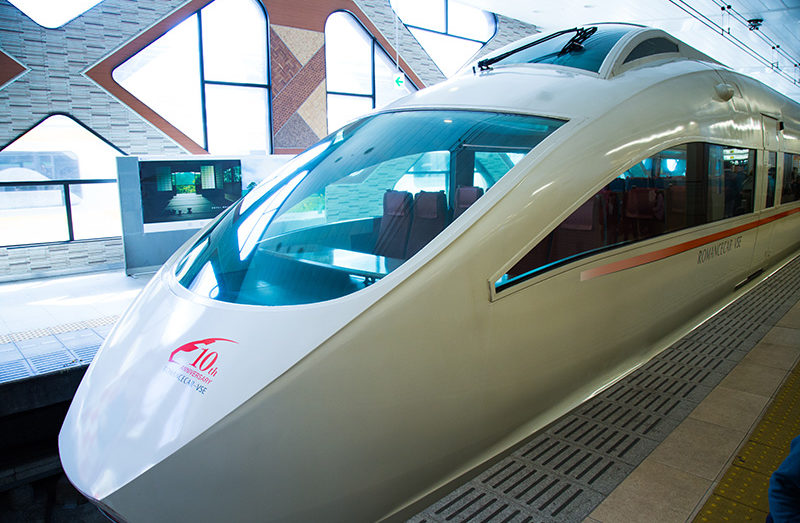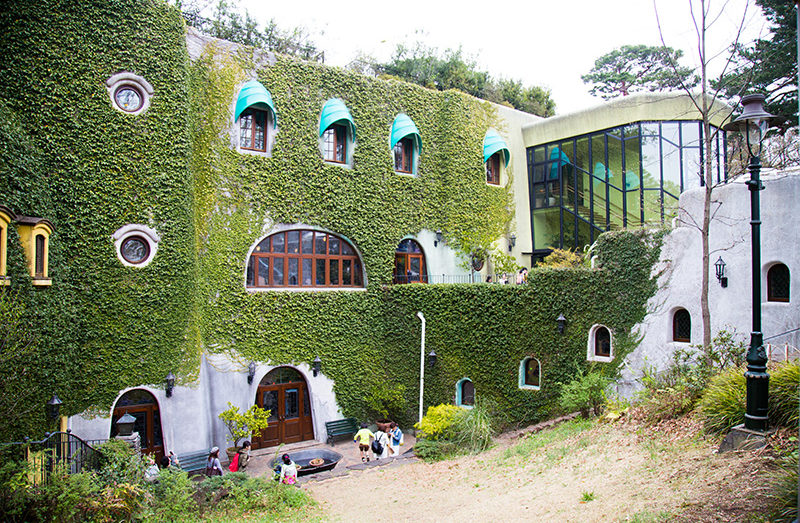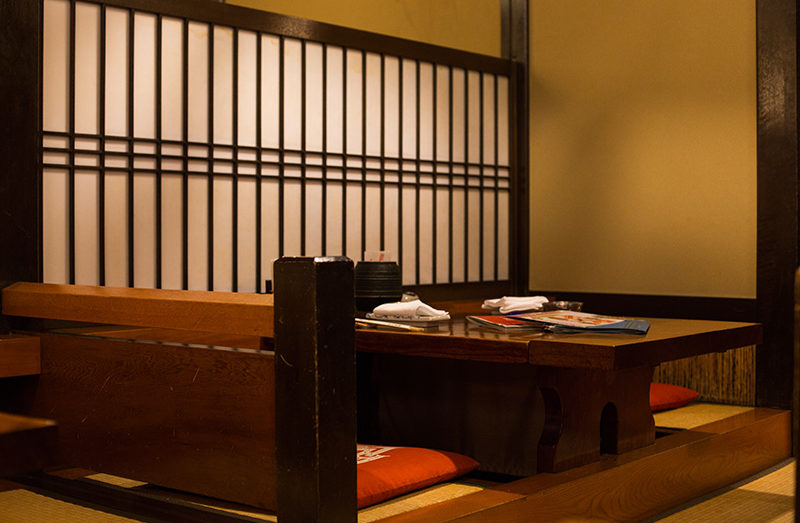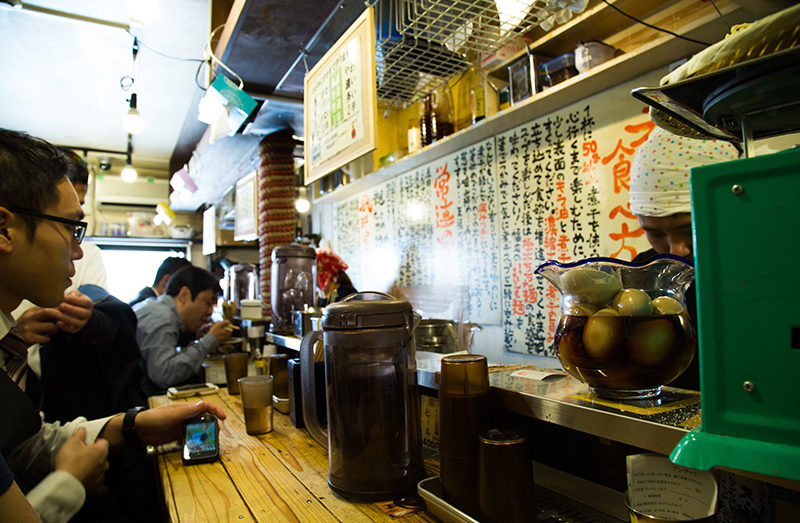When we first arrived in Shinjuku, it was really late at night. Originally we were planning on having a late dinner at Omoide Yokocho (aka “Piss Alley”), which is known for their yakitori (grilled chicken skewers). But all the stores were closing down so we opted for Coco Curry instead. Japanese curry isn’t like the yellow curry you might be thinking of. I feel it tastes more like mildly spicy beef sauce. And it tastes great with a meat patty, eggs, and rice. Coco Curry is a chain restaurant in Japan, so I’m not too sure how the quality is compared to regular restaurants. We’ll be back for more curry this time so I’ll let you know then! Japanese curry is actually something that’s less common here in New York, but you can definitely find it in the East Village.
What to Eat in Tokyo Pt. 1
The delicious dry fish broth ramen we had at Ramen Nagi.
Usually when we’re finding a place to eat in New York, we would use Yelp for recommendations. But since it’s not very popular in Japan, we had to kind of wing it and do some research online beforehand. We’re lucky that there’s good Japanese food in our city, but there’s still definitely a distinction between ramen here and ramen there. In NYC, we usually just order a specific ramen from the menu. In Tokyo, at least from what we’ve experienced, many places specialize in one type of ramen. And you get to select the firmness of the noodles, the amount of oil, and how strong you want the broth flavor to be. Best part is, oftentimes you can order from a vending machine first. There’s no tipping in Japan, so basically you’re paying for your meal in the beginning. Once you’re done eating, you can just get up and leave. Saves so much time!
A Short Stay in Hakone
When in Japan, you gotta check out an onsen (hot spring). We bought 2-day Hakone Freepasses and took a Romance Car to Hakone, which is close by to Tokyo. Romance, in this sense, means “adventure.” It’s an additional surcharge on top of the cost of the pass, but it’s an express train and has spacious seats, food + drinks on board, and large windows. We got a bunch of nice views of the areas outside the city. Remember to reserve your seats early so you can sit in the front or rear observation decks of the train.
Ghibli Museum
Whether or not you’ve ever watched a movie from Studio Ghibli, I still highly recommend visiting the Ghibli Museum. A bit far from Tokyo, but easily accessible by train. Here you get to see Hayao Miyazaki’s vision come to life and relive your favorite Ghibli films. Tickets to the museum are only 1000¥, but you have to order them online or by phone if you don’t live in Japan. Or you can do what we did – ask a friend in Japan to purchase them for us from Lawson (convenience store chain). You’ll get a designated date and time on your ticket to avoid overcrowding.
Kani Douraku
One of our most memorable dinners was at Kani Douraku. There are a bunch of locations in Japan, with the honten (main store) being in Dotombori, Osaka, but we went to the one in Shinjuku. Actually, it felt like there was one Kani Douraku for every few storefronts at Dotombori. The restaurant always has a giant 3D crab in the signage. Here, you remove your shoes before entering the dining area. I recommend getting a reservation before coming, as I hear there’s usually a wait. Lots of Chinese people seem to love eating here.
April in Shinjuku
Back in April, we stayed at Shinjuku in Tokyo. There’s a lot to do there; we did not anticipate walking as much as we did in Japan. Eventually my feet hurt so much that later on during our trip, I had to make a stop at Muji to buy some comfier shoes. This time, I’m sneakering it all the way (except on rainy days). Here are some pictures.
One of our favorite ramen shops in Tokyo was Ramen Nagi. As with most of the bars in Golden Gai, this one is super tiny. Probably seats about 7-10 people max, and your back is literally against the wall. We came here during lunch and there was a short line of salarymen in the tiny alley next to the restaurant. Once it’s your turn, you walk up the narrow stairs and order your food through a vending machine (another wonderful feature of Japan – just put in your money, make your selection, and hand the cook your receipt). Ramen Nagi’s specialty is a dry fish-based soup. A lot of the ramen places we went to in Japan typically specialize in one type of broth, and you get to choose how strong you want it to be, unlike the multi-flavored ramen here in New York.

